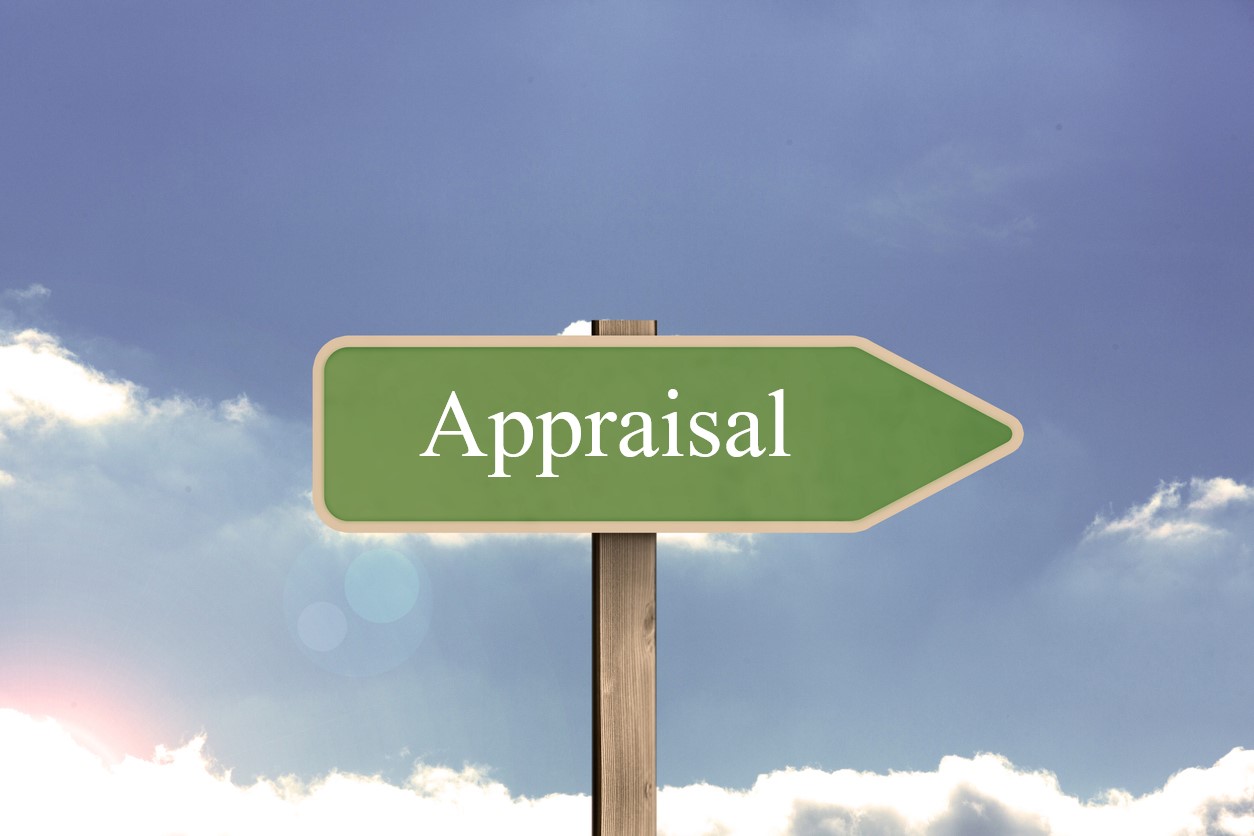Appraisal is a dominant form of dispute resolution for first-party property insurance losses throughout the United States. While at the Annual Meeting of the National Association of Public Insurance Adjusters (NAPIA) I was provided a White Paper1 the Association produced in 2019, which is something I suggest everybody in the appraisal business read. Some views, especially the view against contingent contracts for appraisers, are not in agreement by all public adjusters throughout the country. Yet, the philosophy and views are important because they are expressed by the oldest longstanding association of public adjusters in the United States. The purpose of the White Paper is an effort by NAPIA “to safeguard the integrity of the appraisal process, which plays an important role in resolving first party claims.”
Many do not know the history and longstanding dedication NAPIA has made to public adjusters. Accordingly, I think it is only appropriate to quote:
NAPIA was founded in 1951 to professionalize the then small but growing profession of public adjusting. At that time, the Association enacted a Constitution and By Laws and, importantly, a stringent code of ethics which serve as the model for public adjusting today.1 For over 60 years since its founding, NAPIA has worked closely with the insurance industry, state insurance department, state Governors and legislators, Attorneys General, and others to assure that public adjusters, the only professionals specifically licensed and regulated to prepare first party property claims for a consumer or commercial insured, practice in an ethical and accountable way. We have members in almost every state from Maine to Hawaii, and we have been called to testify and work with state governments in obtaining licensing and assuring that public adjusters properly practice their craft. After Hurricane Katrina, NAPIA was most active in Louisiana and Mississippi to aid their legislative and insurance departments in the drafting and passage of comprehensive public adjusting licensing statutes, as those states previously had none. NAPIA has worked in numerous other states and 45 of the 50 states, plus the District of Columbia, now have comprehensive licensing bills regulating public adjusters.
There is one warning to everybody reading the white paper. It is general law and not specific to any one case or state. The laws have changed within the last couple of years in some states. If you are not sure about a procedure or legality about something in any state or situation, ask an attorney that knows first-party property law.
One view is that “The chief advantage of appraisal is that it is less expensive and faster than litigation.” I think that the goal of keeping appraisal this way is important. My view is states that allow an appraisal and then have the issue of “causation” go to litigation make the process a lot more complex and expensive. This creates a mess in some Texas cases by dragging out the matters into two proceedings and often gives the insurer two bites to get out of paying or delaying for so long, the policyholder gives up.
I found this view interesting:
The chief disadvantage of appraisal from the perspective of the insured is that insurance companies and their appraisers are repeat participants in the appraisal process. An appraiser may feel loyalty to an insurer because of a longstanding business relationship or may even feel dependence on that insurer for a substantial part of his income.
The first sentence was very true more than 25 years ago when most policyholders selected appraisers from the yellow pages and ended up with real estate or art/antique appraisers. Those were the days of policyholder sheep-to-slaughter for the insurance industry. Today, this is much rarer. As the paper later notes, there are even full-time appraisers for policyholders and insurance companies. My view is that virtually all insurance company appraisers have a bias and loyalty to the insurance companies because otherwise they will be deselected. Insurance company appraisers get deselected from further work if they are perceived as having a mindset of making certain the policyholder is getting the full and fair amount of the benefits, which is what I suggest should be the goal of the appraisal. The obligation of “good faith” towards the policyholder would seem to dictate this conclusion.
NAPIA has adopted a view that appraisers should be advocates within limits and cited Iowa law as how appraisers should be viewed:
The intent of the appraisal procedure is not to provide appraisers who possess the total impartiality that is required in a court of law. The appraisers do not violate their commitment by acting as advocates for their respective selecting parties. However, appraisers should be in a position to act fairly and be free from suspicion or unknown interest.
This used to be my position. But as I have been contemplating the obligation of “good faith,” I am now of the opinion that appraisers should be advocates for their opinions of value and damage. I am not certain if this is a huge distinction, but appraisers should be advocates, like attorneys. My view makes the process fairer and more honest because it also applies to the graver problem allowing insurance companies to hire advocates with a mindset to get the appraisal award as low as possible rather than getting the appraisal award fair, just, and right.
Impartiality is closely tied to the concept of whether appraisers can be advocates. NAPIA seems to take the position that while appraisers can be advocates, the problem of impartiality can be solved by “complying with appropriate disclosure requirements, ensuring that appraisers do not have a financial interest in the outcome of the appraisal, and avoiding excessive ‘repeat player’ relationships between appraisers and public adjusters or law firms, all of which NAPIA supports.”
I understand that a great many public adjusters and policyholders support allowing contingent fees in appraisals so that the policyholder does not face a huge bill for services on a small claim. However, and just using the Golden Rule, could you imagine a situation where the insurance company provided financial incentives for getting less paid on a claim? I agree with NAPIA’s position that fairness is best served by having non-contingent fees if impartiality is to be obtained.
How many times can a person act as an appraiser and then be considered an “excessive repeat player” incapable of being “impartial?” The White Paper does not answer that question although it raises the issue. It is a serious issue in many jurisdictions. Most of the time, the insurance industry hires the same or similar appraisers and at much greater frequency than any individual policyholder, public adjusting firm, or law firm. Some insurance companies have lists of acceptable appraisers which are retained all the time. But what is the test? What is an extensive relationship and prior dealings which make the appraisal process unfair?
At one point, NAPIA seems to suggest that these matters are to be brought before the Umpire rather than in court:
It must be made clear that appraisers, under any policy or statutory definition, must not be biased. That means ensuring that appraisers do not have a financial interest in the outcome of a particular loss. In particular, contingent fee arrangements improperly give appraisers the incentive to inflate loss estimates so their percentage fee is also higher. Using an hourly rate that is capped at a percentage of the award, ostensibly to limit the fee an appraiser may earn, can have the paradoxical effect of driving up the appraiser’s estimate so that the cap does not negate any of the appraiser’s billed hours.
Nor should appraisers have a financial interest by virtue of an extensive relationship with a particular client. The industry should make sure that the ‘repeat players’ are not repeating so often that they are really advocating for the client who keeps hiring them, rather than the client’s position on that particular loss. Transparency as to any such relationships is essential to a fair process. To the extent any prior dealings might bear on the appraiser’s estimate, the neutral umpire should be able to assess the award in light of all those relevant facts.
Then, NAPIA’s disclosure issue seems to be one which could be decided by the Umpire or a court, and reiterates the need for full disclosure to all parties:
It is NAPIA’s position that for an appraiser to present himself as independent, disinterested, or impartial (depending on the statutory or policy language that applies), when the appraiser actually has a significant past relationship with a party to an insurance contract, is not consistent with the purpose and intent of appraisal. Such conduct is improper, whether by the appraiser or umpire, as well as by the party hiring that individual. Similarly, failure to disclose a fee arrangement that is contingent in any form on the amount of the appraisal award should be considered wrong.
Only full disclosure can allay this problem — so the other party can challenge the appraiser’s impartiality, so the neutral umpire can consider the past relationship or contingent-fee interest, and if necessary, so a court can evaluate the bias, vel non, of an appraiser or umpire.
Reporting requirements dovetail with the need for such disclosure. Basically, if an appraiser makes a living off of appraising losses for a particular client, or a particular side of the insurer/insured relationship, then the others involved in adjusting and evaluating the loss have a right to know.
The bottom line is that I applaud NAPIA for taking a stand and trying to make the appraisal process fairer to all the parties. The insurance industry seems to have crickets for a response except on a case-by-case basis. This is an important read for all those involved with appraisal and making policy for how it will be implemented in the future.
Thought For The Day
Live so that when your children think of fairness, caring, and integrity, they think of you.
—H. Jackson Brown, Jr.
_______________________________
1 Appraisal [white paper]. National Association of Public Insurance Adjusters. Apr. 4, 2019.




